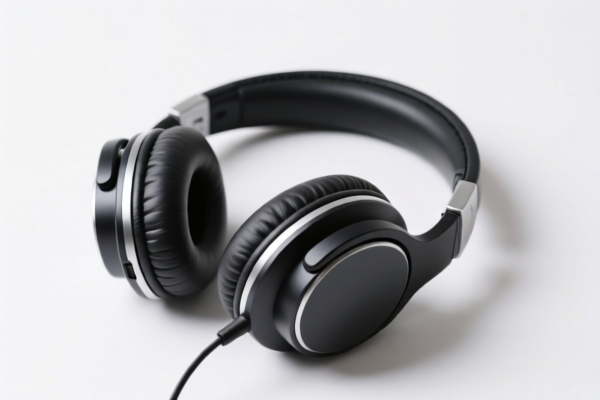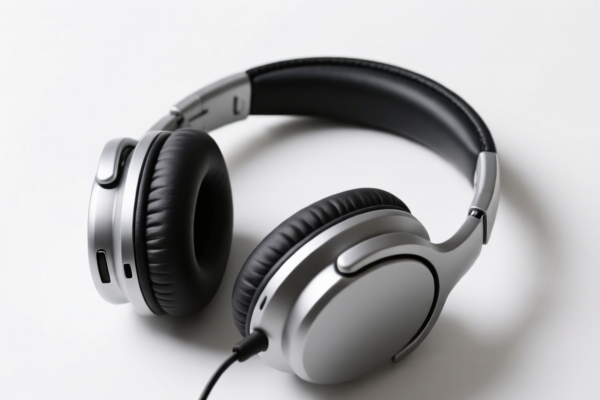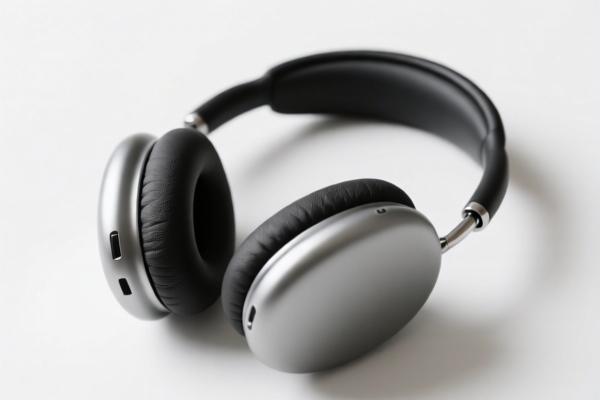| HS Code | Official Doc | Tariff Rate | Origin | Destination | Effective Date |
|---|---|---|---|---|---|
| 6114909070 | Doc | 35.6% | CN | US | 2025-05-12 |
| 6114909045 | Doc | 35.6% | CN | US | 2025-05-12 |
| 3926903500 | Doc | 44.0% | CN | US | 2025-05-12 |
| 3926909989 | Doc | 42.8% | CN | US | 2025-05-12 |
| 3924905650 | Doc | 40.9% | CN | US | 2025-05-12 |




Headphone Cover
A headphone cover is a protective or decorative accessory designed for headphones, typically encompassing either the earcups or the headband. They serve a variety of purposes, ranging from hygiene and comfort to aesthetic customization and extending the lifespan of the headphones.
Material
Headphone covers are manufactured from a diverse range of materials, each offering different properties:
- Foam: Commonly used for earcups, providing comfort and improved noise isolation. Variations include memory foam and slow-rebound foam.
- Protein Leather (PU Leather): A synthetic leather offering a luxurious feel, durability, and ease of cleaning. Frequently used for earcups.
- Velour: A soft, fabric material offering breathability and comfort. Can be prone to collecting dust.
- Fabric (Polyester, Nylon): Used for both earcups and headbands, offering a lightweight and breathable option. Often used for decorative covers.
- Silicone: Primarily used for headband covers, providing grip, protection, and shock absorption.
- Plastic: Less common, but used for rigid protective covers or decorative shells.
Purpose
- Hygiene: Covers prevent direct contact between the headphones and skin oils, sweat, and hair products, reducing the buildup of bacteria and extending the lifespan of the earpads.
- Comfort: Softer materials like foam and velour enhance comfort during prolonged use.
- Noise Isolation: Thicker foam covers can contribute to improved passive noise isolation.
- Protection: Covers shield headphones from scratches, dents, and other physical damage.
- Aesthetic Customization: Available in a wide array of colors, patterns, and designs, allowing users to personalize their headphones.
- Lifespan Extension: By protecting the original earpads, covers can reduce wear and tear, extending the overall lifespan of the headphones.
Function
The primary function is to act as an intermediary layer between the headphones and the user/environment. This layer provides one or more of the benefits listed above. Some covers are designed for easy installation and removal, allowing for quick replacement or cleaning. Others are more permanently affixed.
Usage Scenarios
- Daily Use: Protecting headphones from everyday wear and tear during commuting, work, or leisure.
- Gym/Exercise: Absorbing sweat and preventing skin oils from damaging the earpads.
- Gaming: Enhancing comfort during long gaming sessions.
- Sharing Headphones: Maintaining hygiene when multiple users share the same headphones.
- Travel: Protecting headphones during transport in bags or backpacks.
Common Types
- Earcup Covers: These replace the existing earpads or fit over them. They come in various shapes and sizes to fit different headphone models. Subtypes include:
- Round Earpads: Common for on-ear and over-ear headphones.
- Oval Earpads: Found on some over-ear models.
- Angled Earpads: Designed for specific headphone ergonomics.
- Headband Covers: These wrap around the headband, providing cushioning, grip, and protection.
- Silicone Covers: Offer a secure fit and shock absorption.
- Fabric Covers: Provide cushioning and aesthetic customization.
- Full Protective Covers: These encase the entire headphone unit, offering comprehensive protection against scratches, dents, and dust. Often made of hard plastic or silicone.
- DIY Covers: Users may create custom covers using fabric, foam, or other materials.
Based on the provided information, identifying the precise HS code for “headphone cover” requires careful consideration of its material and function. Here’s a breakdown of potentially relevant codes:
- 6114909070: This code covers “Other garments, knitted or crocheted: Of other textile materials: Other Other”. If the headphone cover is made of knitted or crocheted textile materials (excluding cotton), this could be applicable. The total tax rate is 35.6%, comprising a 5.6% base tariff, 0.0% additional tariff, and a 30% additional tariff effective April 2, 2025.
- 6114909045: This code covers “Other garments, knitted or crocheted: Of other textile materials: Other Other: Subject to cotton restraints”. If the headphone cover is made of knitted or crocheted textile materials and is subject to cotton restraints, this code may be relevant. The total tax rate is also 35.6% (5.6% base, 0.0% additional, 30% additional from April 2, 2025).
- 3926903500: This code covers “Other articles of plastics and articles of other materials of headings 3901 to 3914: Other: Beads, bugles and spangles, not strung (except temporarily) and not set; articles thereof, not elsewhere specified or included: Other”. If the headphone cover is made of plastic beads or spangles and is not strung or set, this code could apply. The total tax rate is 44.0% (6.5% base, 7.5% additional, 30% additional from April 2, 2025).
- 3926909989: This code covers “Other articles of plastics and articles of other materials of headings 3901 to 3914: Other: Other Other”. If the headphone cover is made of plastic or other materials (excluding those specifically listed elsewhere in heading 392690) and doesn’t fall into a more specific category, this code might be suitable. The total tax rate is 42.8% (5.3% base, 7.5% additional, 30% additional from April 2, 2025).
- 3924905650: This code covers “Tableware, kitchenware, other household articles and hygienic or toilet articles, of plastics: Other: Other”. If the headphone cover is made of plastic and is considered a household article, this code could be applicable. The total tax rate is 40.9% (3.4% base, 7.5% additional, 30% additional from April 2, 2025).
It is important to determine the precise material composition of the headphone cover to select the most accurate HS code.
Customer Reviews
No reviews yet.